Crypto Tax Calculator
Calculate your cryptocurrency capital gains tax in India based on the current regulations (30% tax on profits + 1% TDS on all transactions).
Results will appear here after calculation
Before March 2020, if you wanted to buy Bitcoin in India, you had to jump through hoops. Exchanges like WazirX, CoinDCX, and ZebPay were struggling to keep their bank accounts open. Some had to shut down entirely. Why? Because the RBI banking ban had cut off their lifeline. The Reserve Bank of India didn’t say crypto was illegal - but it told every bank in the country: don’t serve them. No deposits. No withdrawals. No processing payments. For a business that runs on money moving in and out, that was a death sentence.
How the RBI’s 2018 Ban Broke India’s Crypto Scene
In April 2018, the RBI issued a circular that banned all regulated financial institutions - including SBI, HDFC, ICICI - from providing services to anyone dealing in virtual currencies. The move wasn’t based on proof of harm. It was based on fear. The RBI warned about volatility, fraud, and money laundering. But they never showed one case where a bank lost money because of crypto clients. They didn’t test alternatives. They just pulled the plug.
What happened next? Trading volumes dropped by over 90%. Dozens of startups shut down. Developers left the country. Even blockchain companies working on supply chain tracking or land records couldn’t open bank accounts. One fintech founder told me his company had built a working prototype for rural payment systems using blockchain - but no bank would touch them. The ban didn’t just hurt crypto traders. It choked innovation across the board.
The Supreme Court Step In: A Landmark Reversal
On March 4, 2020, the Supreme Court of India changed everything. In a unanimous decision, the court struck down the RBI’s 2018 circular. The judges didn’t say crypto was good or bad. They said the RBI’s response was illegal. Why? Because it violated Article 19(1)(g) of the Constitution - the right to carry on any trade or business.
The court’s reasoning was simple: if you want to restrict people’s rights, you must prove it’s necessary and use the least harmful method. The RBI didn’t do that. They didn’t try limiting exposure. They didn’t impose KYC rules. They didn’t cap transaction sizes. They just banned everything. The judges called it a disproportionate measure. And they were right.
Justice Rohinton Fali Nariman wrote that the RBI failed to show any damage to banks. No fraud cases. No bank failures. No losses. Just speculation. The court made it clear: regulators can’t use fear as a substitute for evidence.
What Changed After the Ruling?
Within weeks, banks started reopening accounts. WazirX added 500,000 new users in one month. CoinDCX saw its trading volume jump from ₹200 crore per month to over ₹1,500 crore. By the end of 2020, India had the second-highest crypto adoption rate in the world, behind only Vietnam.
But here’s the twist: crypto still isn’t legal tender. You can’t use Bitcoin to buy groceries at a kirana store. The RBI still doesn’t recognize it as money. So what changed? You can now legally trade, hold, and invest. You can deposit rupees into an exchange. You can withdraw profits to your bank account. That’s huge. Before 2020, you had to use third-party payment processors or offshore accounts. Now, you use your SBI or Axis Bank account - just like you would for stocks.
The reversal didn’t just help exchanges. It revived the entire ecosystem. Blockchain startups got funding. Developers returned from abroad. Universities started offering courses on digital assets. By 2023, India had over 15 million crypto users - and that number keeps growing.
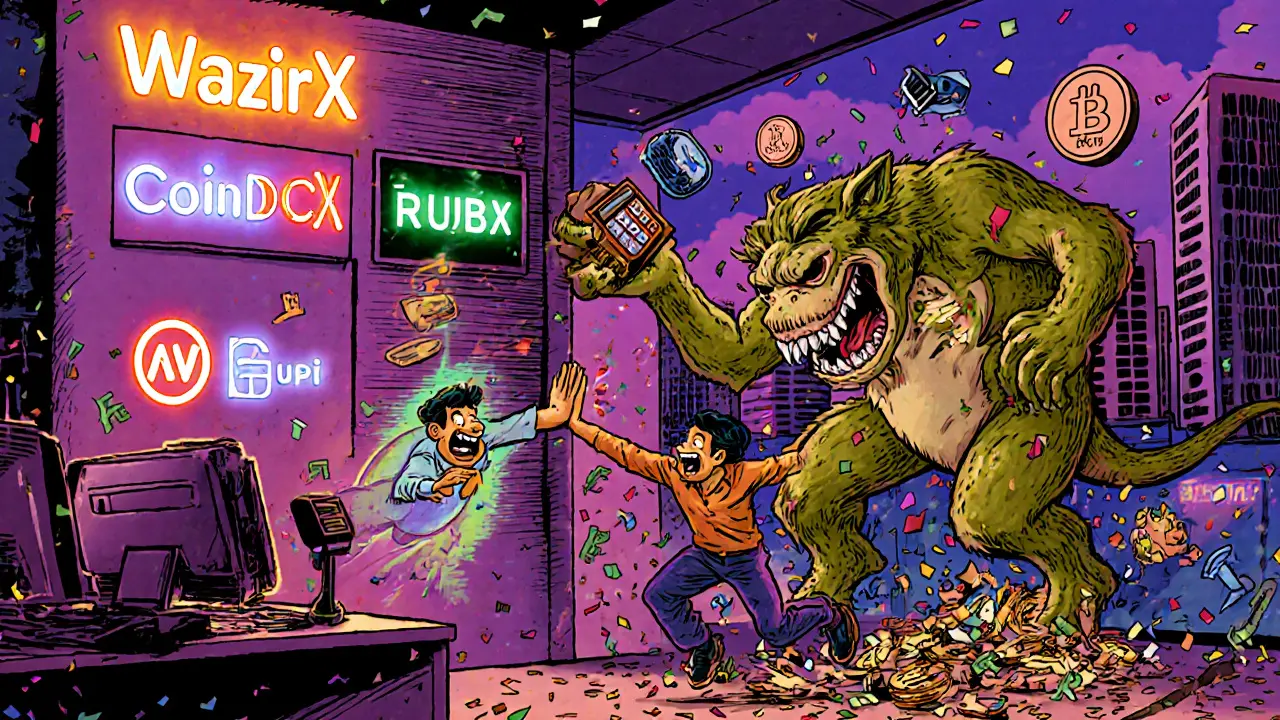
The Government’s Confusing Pushback
Even after the court victory, the government kept pushing for a ban. In 2021, they drafted a bill called the Cryptocurrency and Regulation of Official Digital Currency Bill. It aimed to ban all private cryptocurrencies - mining, trading, holding - while launching a government-backed digital rupee. The bill never became law. It disappeared from Parliament. No vote. No debate. Just silence.
Why? Because the public pushback was too strong. Millions of Indians had already invested. The Supreme Court had already ruled. Trying to ban crypto after that would’ve been legally shaky. The government realized they couldn’t reverse a constitutional decision without a better argument.
Today, the government is stuck. They don’t want to endorse crypto, but they can’t ban it either. So they tax it. In 2022, they introduced a 30% tax on crypto gains and a 1% TDS on all transactions. It’s not a ban - but it’s not encouragement either. It’s a middle ground: you can trade, but we’ll take a cut.
Where Things Stand in 2025
As of 2025, crypto in India is legal, taxed, and growing - but still not fully accepted. Banks don’t advertise crypto services. They don’t promote it. But they don’t block it either. Most major exchanges now have direct bank integrations. You can link your UPI to your crypto wallet. You can buy $10 of Ethereum with your phone in under a minute.
The RBI still warns about risks. Former Governor Shaktikanta Das called crypto a threat to monetary sovereignty. But the central bank hasn’t tried another ban. Why? Because they lost in court. And now, they know they need proof - not fear - to restrict rights.
India’s path is unique. No other country had its central bank impose a full banking ban - then had it overturned by the Supreme Court. That case set a global precedent. It showed that financial regulators can’t use broad strokes to control innovation. They need precision. Evidence. Proportionality.
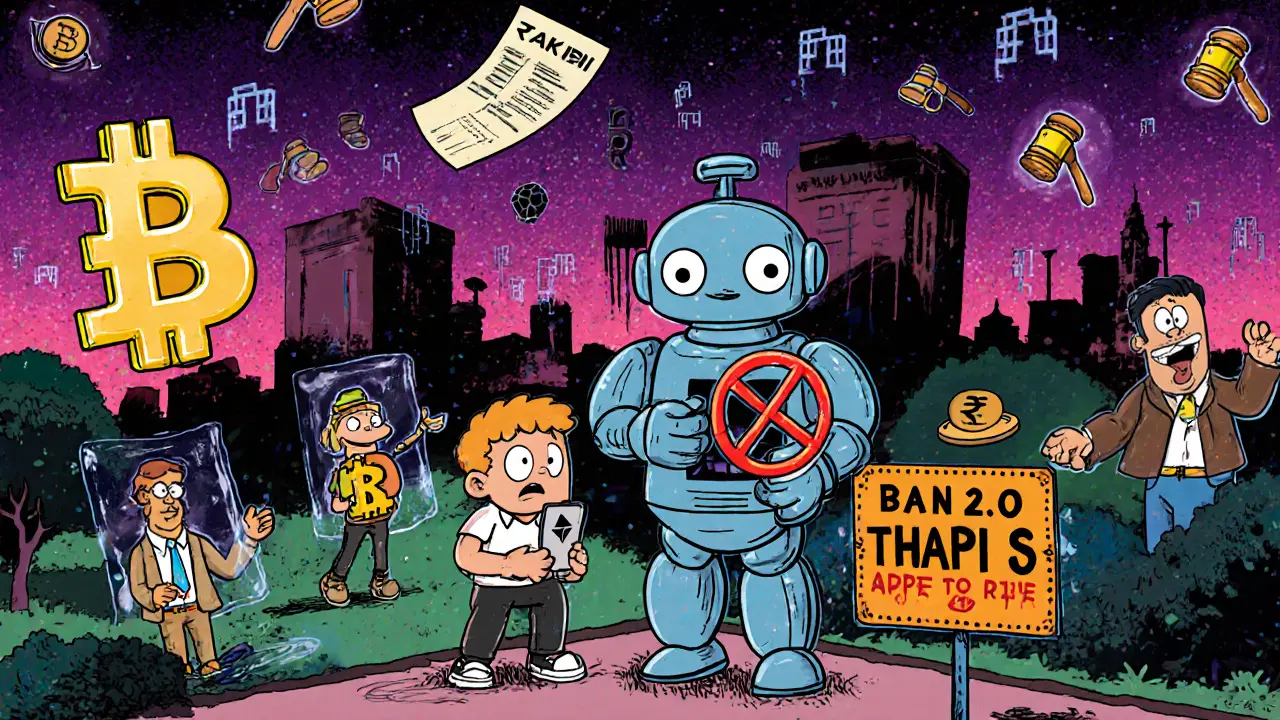
What This Means for You
If you’re in India and want to get into crypto, here’s the reality:
- You can buy, sell, and hold crypto legally - no jail time.
- You can use your bank account - no offshore tricks needed.
- You pay 30% tax on profits and 1% TDS on every trade.
- You can’t use crypto to pay for goods - it’s not money, just an asset.
- Regulations could still change - but another full ban is unlikely after the Supreme Court ruling.
Most people treat crypto like stocks or gold - something to invest in, not spend. And that’s fine. The market isn’t perfect. Prices swing. Scams exist. But the door is open. And for the first time, it’s open because of law - not luck.
What’s Next?
There’s talk of a new crypto bill in 2026. This time, it might focus on licensing exchanges, requiring KYC, and creating a regulatory sandbox. The RBI is watching global trends - the EU’s MiCA law, the U.S. SEC’s enforcement actions - and learning. They’re not against innovation anymore. They just want control.
India’s crypto story isn’t over. But the biggest battle was already won. The Supreme Court said: you can’t ban what’s legal. And that’s a win for every Indian who wants to build, invest, or explore without permission.
Is crypto legal in India after the RBI ban reversal?
Yes, crypto is legal in India. The Supreme Court’s 2020 ruling overturned the RBI’s 2018 banking ban, allowing exchanges and users to operate with bank access. However, crypto is not legal tender - you can’t use it to pay for goods or services officially. It’s treated as a digital asset, similar to gold or stocks.
Can I still use my bank account to buy crypto today?
Yes. Since the Supreme Court struck down the RBI’s 2018 ban, banks have resumed services for crypto exchanges. Platforms like CoinDCX and WazirX now integrate directly with UPI and net banking. You can deposit and withdraw rupees without issues - as long as you follow KYC rules.
Why did the Supreme Court overturn the RBI’s ban?
The court ruled the RBI’s ban violated the constitutional right to carry on any profession or business (Article 19(1)(g)). The RBI couldn’t prove that banks suffered any losses from serving crypto firms. The judges said the ban was disproportionate - a blanket restriction when targeted rules (like KYC or limits) would’ve worked better.
Is there a new crypto law coming in India?
There’s no new law yet, but a revised bill is expected in 2026. The 2021 draft aimed to ban private crypto - but it was never passed. Current signals suggest the government will shift toward regulation instead of prohibition. Expect licensing for exchanges, stricter KYC, and possibly a tax framework aligned with global standards.
Do I have to pay taxes on crypto in India?
Yes. Since April 2022, India taxes crypto gains at 30%. You also pay 1% TDS (Tax Deducted at Source) on every trade, whether you made a profit or not. This makes crypto investments more expensive than stocks, but it’s the current legal requirement. Keep records of all transactions for filing.
Can the RBI ban crypto again?
Not without a major legal shift. The Supreme Court’s 2020 ruling is binding precedent. The RBI can’t just issue another ban. They’d need to pass a new law through Parliament that addresses the court’s concerns about proportionality. Even then, any future restriction would likely be limited - like capping transactions or requiring licenses - not a total shutdown.
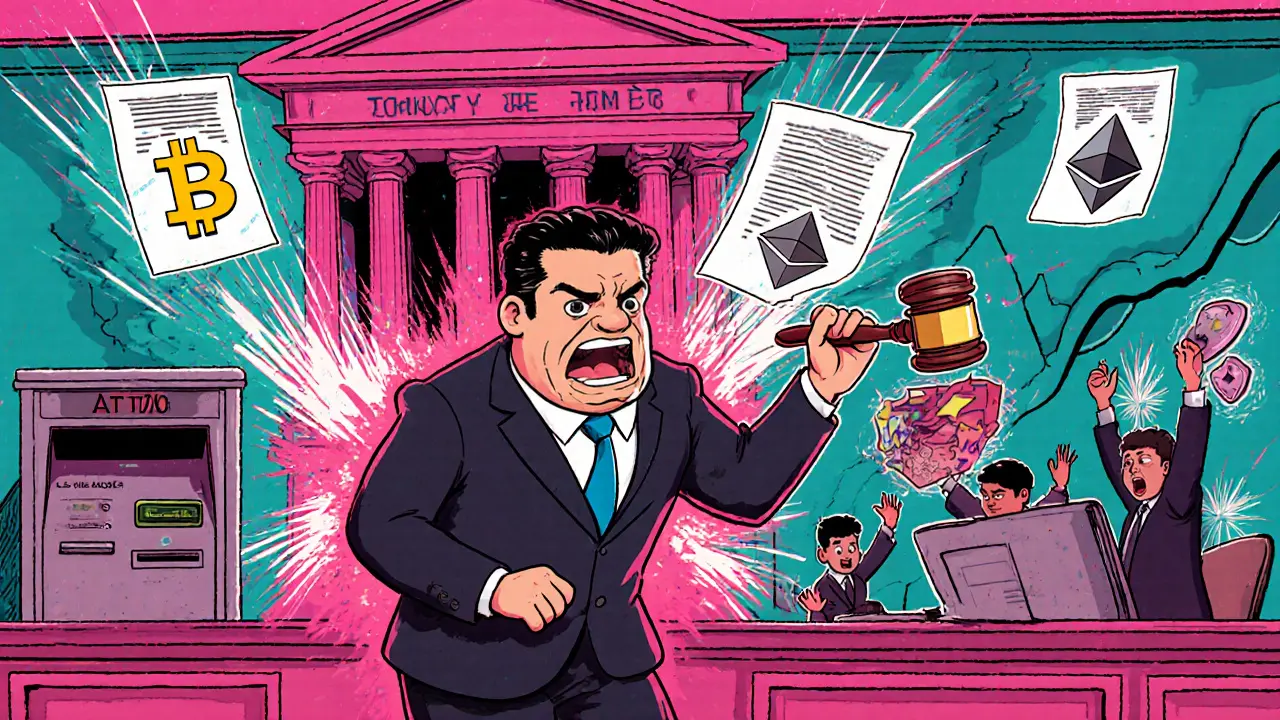
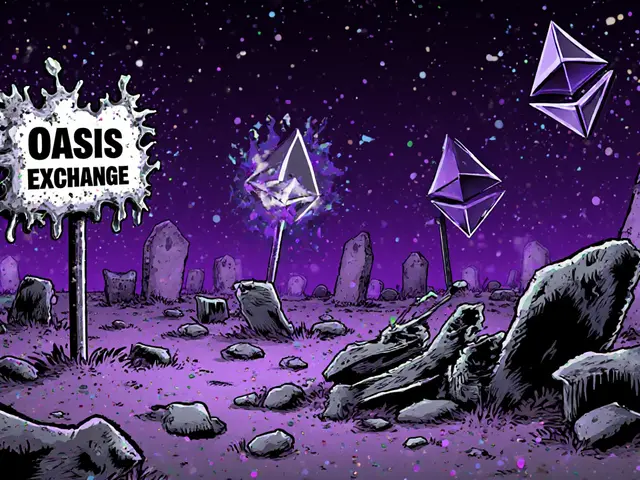
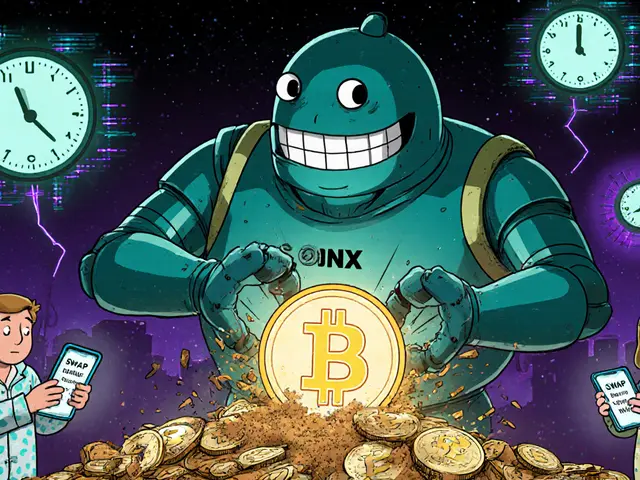



Atheeth Akash
Finally someone in India got the sense to stop panicking over tech. 🙌 Banks were never at risk, just scared of change. Now we can actually build something real without begging for permission.